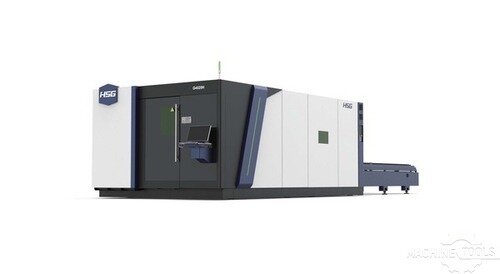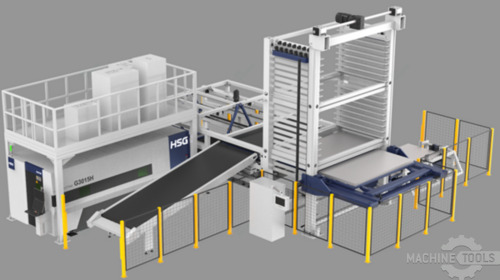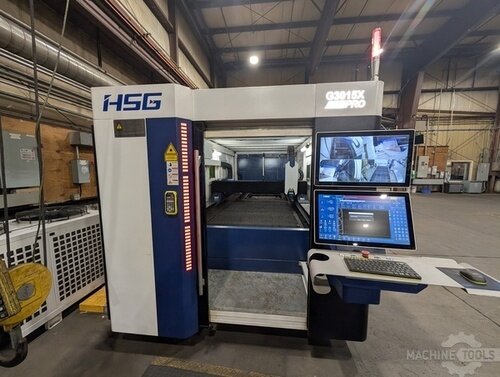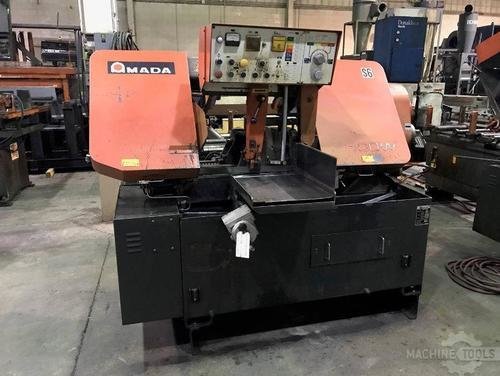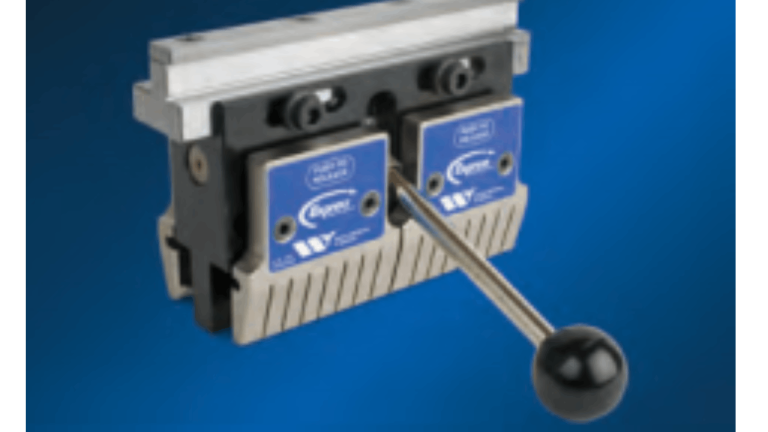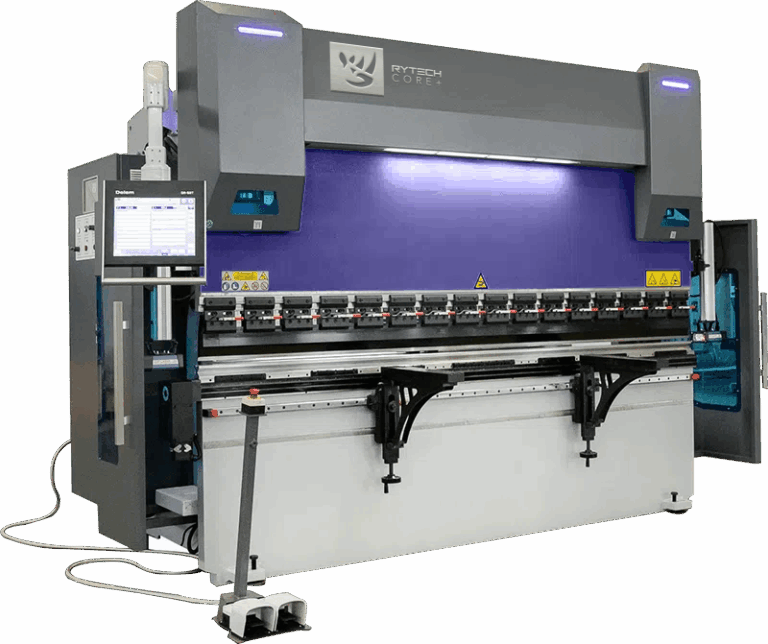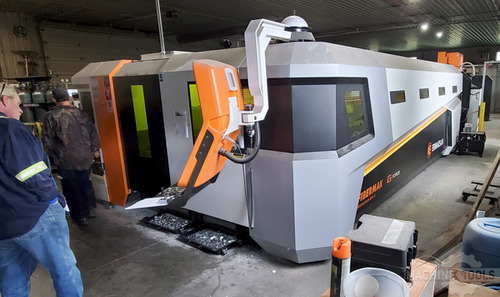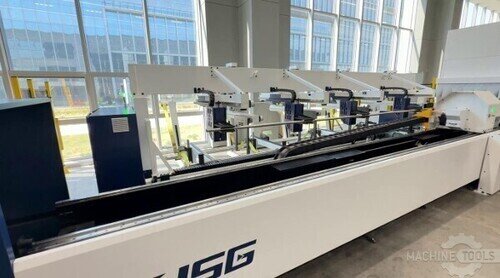As a Regional Sales Executive at Mac-Tech, I spend my days working directly with fabricators who are striving to get the most out of their operations. Whether you’re a job shop looking to break into new materials or an established OEM seeking to boost throughput, my role is to help you pinpoint the right equipment upgrades that fit your goals and budget. Over the years, I’ve seen firsthand how the right laser and press brake choices can transform a shop’s workflow, productivity, and profitability. Let’s dig into what really matters when choosing the ideal sheet laser power for your needs.
Understanding Your Fabrication Needs: Matching Laser Power to Real Shop Demands
The first step in choosing a sheet laser is to take an honest look at your current and future workload. Are you cutting mostly thin-gauge mild steel, or do your jobs require thicker stainless and aluminum? Do you run high-volume production, or are you focused on custom, short-run work? These questions are critical because the power level of your laser directly impacts speed, edge quality, and cost-per-part.
A 3kW laser is often the sweet spot for shops focusing on thin to medium materials and moderate production volumes. It offers excellent cut quality and manageable operating costs. If your mix includes thicker plate or you see a shift toward higher volumes, stepping up to a 6kW machine can provide the extra punch needed for faster cycle times and broader material capabilities. For those aiming at heavy production or thick materials—think 1/2-inch and above—a 12kW laser delivers unmatched throughput, but it’s crucial to ensure your workload justifies the investment.
Comparing 3kW, 6kW, and 12kW Lasers: Throughput, Material Range, and Cost Implications
It’s tempting to assume that bigger is always better, but that’s not always the case with laser power. A 3kW fiber laser is highly efficient for most thin and medium-gauge jobs, offering low operating costs and minimal electrical demand. For many shops, this is more than enough to improve turnaround and quality without overspending.
The jump to 6kW opens the door to faster cutting speeds, especially in thicker materials. If you routinely switch between 1/4-inch and 1/2-inch plate, you’ll notice substantial gains in throughput and flexibility. However, the investment and running costs are higher, so it’s essential to weigh these against your projected increase in output. At 12kW, you’re looking at serious production muscle. These machines excel in high-volume environments or where thick materials are the norm. The capital outlay is significant, but so is the potential payoff in cycle time reduction and expanded job capabilities.
Integrating Press Brakes and Tooling: Ensuring Seamless Workflow Efficiency
No laser operates in a vacuum. To maximize ROI, your laser should be matched with press brakes and tooling that can keep pace. If your laser outpaces your forming department, bottlenecks will quickly erase any gains in cutting speed. I always recommend looking at your entire workflow: How will parts flow from laser to brake? Are your press brakes equipped with fast tool change systems, sufficient tonnage, and the right backgauge technology?
Modern press brakes with offline programming, angle measurement, and quick-change tooling can dramatically reduce setup time and operator fatigue. This integration ensures that the investment in a higher-powered laser translates into real-world productivity gains, not just theoretical speed increases. At Mac-Tech, we often work with customers to optimize both their laser and brake investments, ensuring each machine complements the other for smooth, efficient production.
HSG 3015H 12KW
HSG-G3015H V2.0-STORE PRO3015 10 SHELF
Real-World ROI: Calculating Payback and Productivity in Diverse Production Environments
Return on investment isn’t just about the sticker price of the laser. It’s about how quickly the machine can pay for itself through increased output, reduced rework, and lower labor costs. For a shop running a single shift, a 3kW might provide the fastest payback by keeping operating costs low and minimizing capital risk. For multi-shift, high-volume shops, the extra investment in a 6kW or 12kW laser can lead to a much faster ROI by slashing cycle times and opening up new job opportunities.
It’s also important to consider maintenance, energy consumption, and the skill level required to operate the machine. Higher-powered lasers may require more robust infrastructure and training, adding to the initial investment. That’s why I always run the numbers with customers, factoring in their unique mix of materials, job sizes, and growth plans to find the solution that delivers real, measurable value.
Building Lasting Partnerships: Expert Guidance for Long-Term Success and Support
Choosing a laser is just the beginning. At Mac-Tech, we pride ourselves on building long-term partnerships with our customers. From installation and training to ongoing support and maintenance, we’re here to ensure your equipment keeps delivering value year after year. Our team stays up to date on the latest technologies in lasers, press brakes, and tooling, so you don’t have to navigate these decisions alone.
I believe the best results come from open communication and honest advice. Whether you’re considering your first fiber laser or upgrading to a high-powered system, my goal is to help you make an informed decision that sets your shop up for both immediate and long-term success.
Frequently Asked Questions
How do I know if 3kW laser power is enough for my shop?
If you primarily cut thin to medium-gauge materials and don’t require high-volume throughput, a 3kW laser will likely meet your needs efficiently.
Will a 12kW laser really increase my productivity?
For shops processing thick materials or running multiple shifts, a 12kW laser can drastically reduce cycle times and expand job capabilities, but requires significant investment.
What are the main ongoing costs of higher-powered lasers?
Higher-powered lasers use more electricity and may require more advanced cooling and maintenance, so operating costs are generally higher than lower-powered models.
Can I upgrade my press brake to keep up with a faster laser?
Yes, many press brakes can be upgraded with automation, faster backgauges, or tooling systems to match the pace of your laser cutting operations.
Is operator training different for higher-wattage lasers?
Higher-wattage lasers often require more advanced training due to their speed and safety considerations, but most manufacturers offer comprehensive programs.
Get Weekly Mac-Tech News & Updates

